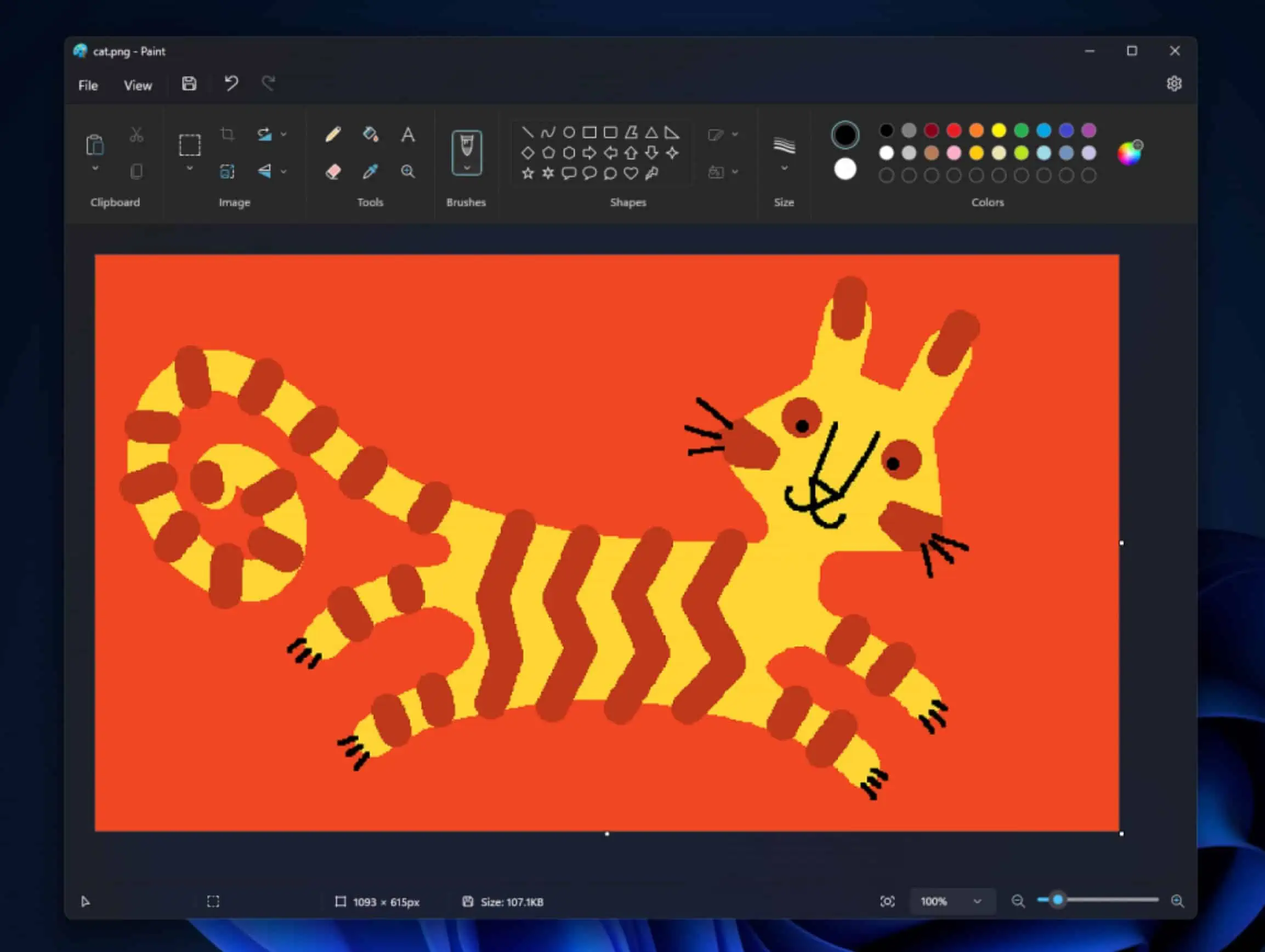
Paint problems are a common frustration for DIY enthusiasts and seasoned professionals alike. Whether it’s unsightly streaks marring a fresh coat or annoying bubbles plaguing your meticulously applied paint, these issues can significantly detract from the overall aesthetic appeal of a project. Paint problems, including streaks, bubbles, and uneven coverage, are issues that can lead to dissatisfaction if not addressed properly. This thorough guide will delve into the root causes of these paint issues and offer practical solutions to help you achieve flawless, professional-looking outcomes—no matter your experience level. We’ll cover everything from determineing the problem to the correct steps for resolution, ensuring a smooth and achievementful painting experience. This guide will cover varied kinds of paint problems, how to determine them, and their respective solutions.
Understanding the Root Causes of Paint Problems
determineing the Culprits
Paint problems often stem from issues with the paint itself, the surface being painted, or the application methods. Understanding the root causes is the first step in finding an effective solution. Poor surface preparation, for instance, can lead to uneven coverage and adhesion problems. If the surface isn’t properly cleaned, primed, and sanded, the paint won’t adhere correctly. Similarly, using the incorrect type of paint for the surface material can also lead to issues. For instance, using latex paint on wood might not produce the desired outcome. Furthermore, improper application techniques, such as applying too thick a coat or using insufficient ventilation, can contribute to paint problems. Understanding these contributing factors allows for more targeted troubleshooting and problem-solving. Paint quality also plays a significant function; inferior paints may not offer a smooth finish or offer long-lasting protection. Also, environmental conditions, such as humidity or temperature fluctuations, might affect paint adhesion and consistency. This article explores and explains each facet that contributes to your paint issues.
Addressing Streaks in Your Paint Job
Analyzing the Causes of Streaking
Streaks in paint are a common problem and often outcome from inadequate mixing, improper application technique, or inconsistent paint application. Inconsistent or insufficient paint agitation can lead to uneven application, outcomeing in noticeable streaks. These streaks can scope from subtle lines to prominent ridges, hindering a smooth, even finish. The use of old paint or the improper mixing of various paint batches can also introduce air bubbles that will create streaks when the paint is applied. Using improper application tools or inconsistent brush strokes can also cause unsightly streaks. Ensure thorough mixing, proper brushing or rolling techniques, and a consistent paint application.
Fixing Paint Bubbles: Troubleshooting and Prevention
determineing the Culprits of Paint Bubbles
Paint bubbles are a frustrating painting problem, often arising from inconsistent mixing, too much solvent in the paint, or moisture in the environment. If there is too much solvent, the paint can become too thin, leaving you with bubbles when applied. Furthermore, humidity and temperature can create surface issues with the paint. Temperature fluctuations are a common issue that can affect the way the paint reacts, causing bubbles to appear. Applying multiple coats too quickly, in a short time or not waiting for the previous coats to dry before applying a new coat can also lead to paint bubbling. Proper ventilation, accurate mixing, and proper drying times are crucial in preventing paint bubble formation.
Achieving Even Paint Coverage: Techniques and Tips
Understanding Paint Coverage Variations
Achieving even paint coverage depends heavily on preparation and application technique. The most effective method for achieving even coverage lies in a proper surface preparation. For instance, ensure the wall is correctly primed. Use the right type of paint roller or brush. Apply consistent coats in a single direction for better coverage. A consistent technique that’s consistent will prevent issues with coverage and streaking. If you’re using a spray gun, ensure consistent air pressure and spray patterns. Poor paint stirring can also affect even coverage. Pay close attention to drying times, as too much moisture can hinder optimal coverage and may outcome in a messy outcome.
Related Post : do interior designers charge
Additional Tips for Paint Problem Solving
Exploring Advanced Techniques
For more complex paint issues, consult a professional painter. They can diagnose the problem and implement the necessary steps to fix it efficiently. A professional painter has years of experience with a vast understanding of paint products. This allows them to determine even the subtle issues. Always refer to the manufacturer’s instructions. Pay attention to the recommended drying times for your specific paint type, temperature, and humidity conditions for your area. Using the correct drying techniques is essential for achieving a beautiful and long-lasting outcome. If you’re still struggling with paint problems after trying these techniques, consider contacting a professional painter or paint specialist for assistance.
In conclusion, tackling paint problems like streaks, bubbles, and uneven coverage requires a methodical approach. By understanding the root causes, applying the right techniques, and using the appropriate tools, you can achieve professional-looking outcomes. Remember to select high-quality paints, follow the manufacturer’s instructions carefully, and address any issues promptly. For more in-depth guidance and to avoid future problems, consider taking a painting workshop or seeking advice from a professional painter. This will enhance your skills and ensure you achieve the desired outcome.